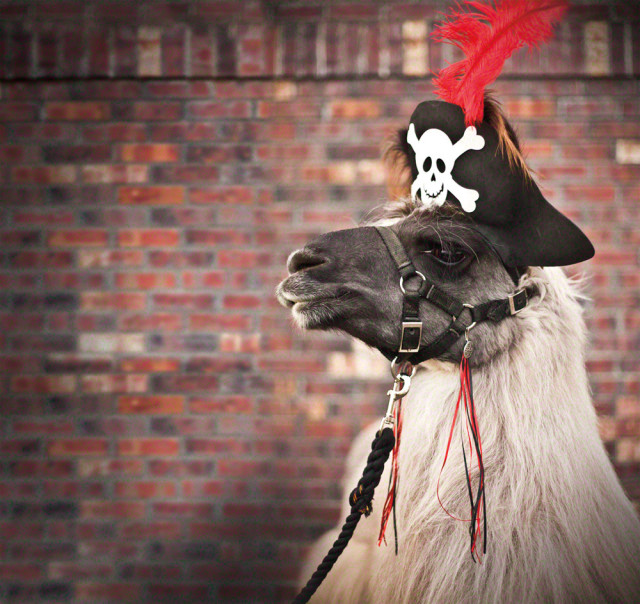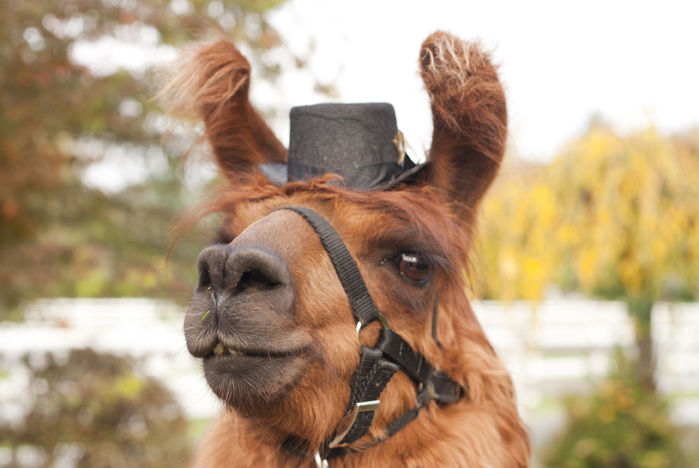The Making of a Therapy Llama
According to lore, an English retreat first used animals to ease “emotionally ill” patients’ woes in the 1790s. Today, quadruped therapists roam Northwest care centers, dispensing intangible (but real, many clinicians say) aid. Almost all are dogs. Only a few are llamas.
Two of the region’s therapeutic camelids, Rojo and Smokey, are pioneering a new role for their species: goodbye, hippie wool garments and dinner-plate cameos as “the other other burger”; hello to schools, hospitals, and rehab facilities. After Lori Gregory, the two beasts’ Vancouver-area owner, saw a 5-year-old in a wheelchair light up at the sight of Rojo, the pasture mates underwent extensive training through Portland’s Dove Lewis animal hospital. At one point, the llamas were walked into a busy street to gauge responses to traffic. Their trainers also led them into unsettling simulations: humans screaming, thrashing, wearing funny hats, even surrounded by beeping machines and attached to webs of tubes.
The two animals have since made more than 800 therapeutic visits. (They do still work birthday parties and the like.) While most llamas are defensive and volatile—a YouTube subgenre documents their penchant for spitting on people—Gregory’s pets seem downright Zen. The former professional dressmaker might outfit her animals as unicorns one day and put them in thigh-high lace-up boots and flowered hats the next. Once a month Rojo and Smokey venture to Portland’s Serendipity Center, a school for children with behavioral issues. “It’s really become a part of our institution,” says Serendipity’s Jelena Doney. “We have a lot of nonverbal autistic kids, and coaching the llamas gives them a great chance to practice language skills. I can’t walk through the halls without a kid saying, ‘Is it llama day?’”




